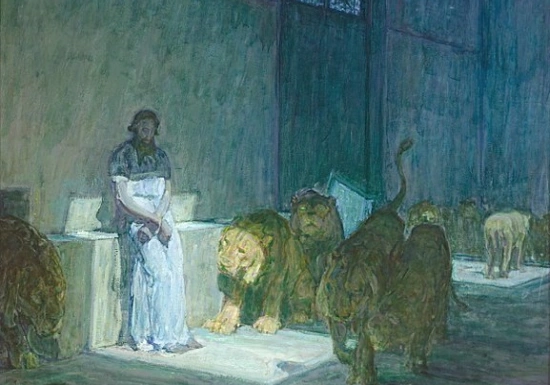
Природа Святого Духа - тема, в которой существует заметная разница между стандартным христианским богословием и новохристианской перспективой. Официальный" догмат большинства христианских учений заключается в том, что Святой Дух - одна из трех личностей, составляющих единого Бога, в роли протягивания рук людям силой Божьей, чтобы привести их к стремлению к праведности. Считается, что он исходит из двух других: Бог Отец и Иисус Сын.
Эта старая формулировка стала результатом трех вековых споров между ранними христианами, пытавшимися понять природу Бога. В то время существовало значительное меньшинство, которое отвергало точку зрения Бога в трёх лицах, но - большинство победило на Никейском соборе в 325 году нашей эры.
Новое христианское учение больше похоже на некоторые старые точки зрения меньшинства. Он рассматривает Святого Духа как силу, или деятельность, исходящую от Бога, а не как отдельное существо. Это согласуется с нашим повседневным пониманием "духа" как проекции чьей-то личности. Это также объясняет тот факт, что термин "Святой Дух" не встречается в Ветхом Завете, где вместо него употребляются такие фразы, как "Дух Божий", "Дух Иеговы" и "Дух Господень", где идея духа тесно связана с личностью Божьей.
В Писании Отец, Сын и Дух Святой описываются как три атрибута одного человека: душа, тело и дух единого Бога. Говорят также, что термин "Дух Святой" появляется в Новом Завете, потому что он связан с пришествием Господа в физическом теле Иисуса, и потому, что это пришествие изменило то, как мы можем познать истину Господа и стать хорошими людьми.
Согласно Писаниям, церкви, пришедшие до прихода, были "представительными". Люди в них (во всяком случае, в лучших из этих церквей) знали, что Господь сотворил мир, и что мир, таким образом, является образом образом образом образом образом образом образа Господа, и они имели возможность смотреть на этот сотворенный мир и понимать его духовные послания; они могли смотреть на мир и понимать Господа. И они сделали это без попыток и с большой глубиной, во многом так, как мы можем прочитать книгу, когда то, что мы на самом деле видим, это кучу черных загогулин на белом листе бумаги.
Однако в конце концов эта способность превратилась в поклонение идолам и магию, когда люди скользили во зло. Господь использовал Сынов Израилевых, чтобы сохранить символические формы поклонения, но даже они не знали глубокого смысла ритуалов, которым они следовали. Когда мир, таким образом, лишился реального понимания, Господь взял на себя человеческое тело, чтобы напрямую предлагать людям новые идеи. Поэтому в Писании сказано, что Он олицетворяет божественную истину ("Слово стало плотью", как сказано в Иоанна 1:14).
Святой Дух в сердце также олицетворяет Божественную истину, истину, предложенную Господом через Его служение в мире, и ее запись в Новом Завете. Термин "Святой Дух" используется также в более общем смысле для обозначения божественной деятельности и божественного эффекта, которые через истинные учения оказывают влияние на нашу жизнь.
Такая прямая связь между нами и Господом не была чем-то таким, что могло произойти через представителей; она должна была исходить от Господа, как от человека, идущего по земле в течение Своей физической жизни, или - в наше время - через образ, который мы имеем о Нем, как о человеке в Его физической жизни. Вот почему люди не приняли Святого Духа до пришествия Господа.
То, что мы имеем сейчас, это полномасштабная идея Господа, в которой Бог Отец представляет Свою душу, Сын - Свое тело, а Святой Дух - Свои действия и Своё влияние на людей.
(Referenties: Учение о Господе 58; Истинная Христианская Религия 138, 139, 140, 142, 153, 158, 163, 164, 166, 167, 168, 170, 172)






